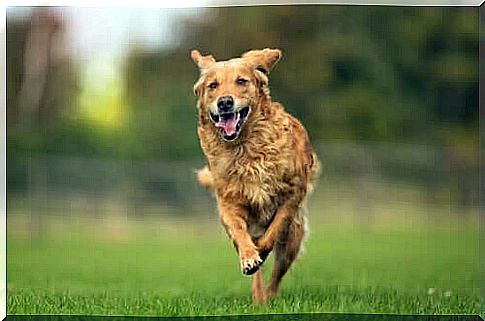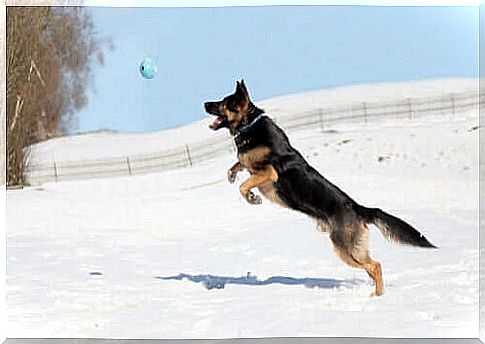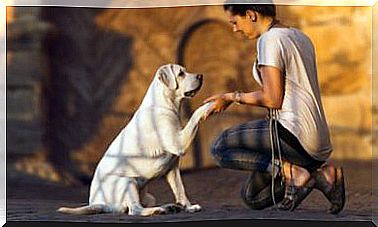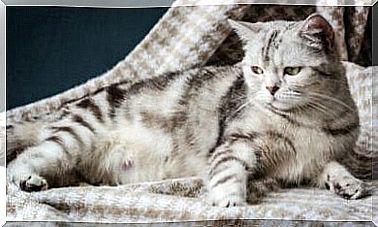Animal Osteopathy: What Is It And Is It Really Needed?

Nowadays, animal osteopathy is becoming more and more prevalent in the treatment of mobility dysfunctions. It is one of the most sophisticated and effective physiotherapy disciplines in veterinary medicine, because it is able to treat a wide range of diseases and optimize bone-muscle rehabilitation.
In the following lines, we explain what animal osteopathy is and what its applications are in the context of veterinary medicine and towards horses, dogs, cats and other pets.
What is animal osteopathy?
Animal osteopathy is a branch of veterinary medicine that is dedicated to the study of the body’s ability to self-regenerate and self-correct. He is dedicated to the evaluation and treatment of motor dysfunctions that lead to health problems and damage the patient’s quality of life.
Mobility is the key concept of osteopathic science, because it is believed that the quality of life, health and autonomy of the individual depend, in large part, on his ability to move freely and independently.
In this way, osteopathy claims that the loss of mobility, whether partial or total, can lead to an imbalance within the body. As a result, it is not just the painful region that is affected, but the patient’s entire body, which can cause changes in his behavior and cause emotional damage.

In practice, osteopathy consists of a wide range of non-invasive and mostly manual techniques. The main objective is to stimulate the self-correction of the body’s tissues in order to recover the correct mobility.
This is an alternative treatment that generally does not involve the use of drugs or chemicals to relieve pain. For this reason, to treat our pet, we must make sure that we only go to veterinarians qualified in animal osteopathy.
Osteopaths must be, first of all, veterinarians licensed to practice this physiotherapy discipline. The application of hands for therapeutic purposes, as well as the use of any other alternative medical technique, requires the prior acquisition of certain skills and the use of controlled practice.
In which cases is it recommended?
As we will see, animal osteopathy studies a wide range of health problems that involve the partial or complete loss of mobility. Its application goes beyond the treatment or the reduction of symptoms of pathologies, congenital diseases or traumas. It is very effective in relieving pain, offering well-being and stimulating the regeneration of damaged tissues.
Osteopathic practices are also recommended in the prevention of degenerative diseases, especially those affecting the bones and muscles of the animal. In the case of dogs with a predisposition to suffer from hip dysplasia, such as the German Shepherd, osteopathy can help control the degenerative process and delay the development of symptoms.

Sports animals or animals that engage in high-performance activities can receive significant benefits from preventive osteopathy. The latter, in fact, in addition to being an excellent aid in the prevention of injuries, also contributes to improving performance, thus protecting the animal from excessive strain, contractions and muscle spasms.
On the other hand, osteopathy is generally also the most practicable and safe alternative in case of incomplete diagnosis. In other words, when the vet fails, through physical examinations and tests, to reach a conclusion about the cause of a problem affecting the animal’s mobility.
Diseases and problems treated by animal osteopathy
As we have seen, animal osteopathy is a branch of veterinary medicine that treats diseases and conditions such as the following:
- Dysfunctions of the musculoskeletal system, such as, for example: lameness, cramps, muscle weakness, pain in the spine, etc.
- Musculoskeletal degenerative disorders, such as hip and elbow dysplasia.
- Digestive disorders: among others, diarrhea, vomiting, gastritis.
- Urinary tract problems, such as: urinary infections, kidney failure, urinary incontinence, etc.
- Difficulty, allergies and breathing problems.
- Allergies and skin diseases.
- Neurological disorders, such as epilepsy.
- Persistent otitis .
- Rehabilitation following trauma, accidents and surgery.
Animal osteopathy to treat behavioral problems
Animal osteopathy can also be useful in the treatment and prevention of behavioral problems. On the one hand, its practices help prevent pathologies and hormonal disorders that can affect the animal’s senses and cause pain, thus exerting a negative effect on its behavior.
On the other hand, osteopathy is also effective in relieving the symptoms of stress, boredom, hyperactivity, nervousness and excessive fear: it transmits a feeling of well-being and improves the animal’s self-confidence. Its efficacy in the treatment of stereotypies in animals is also currently being examined.









